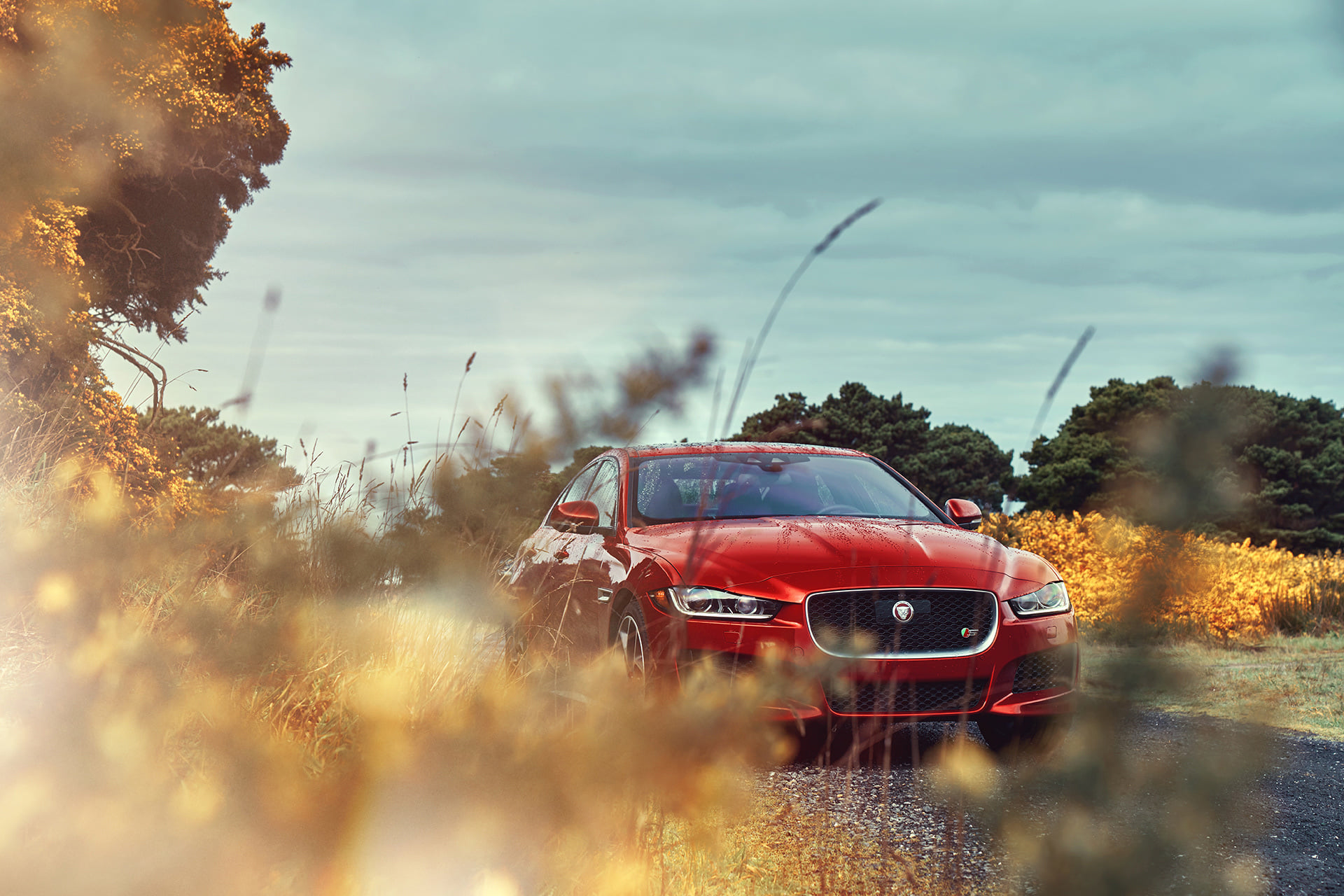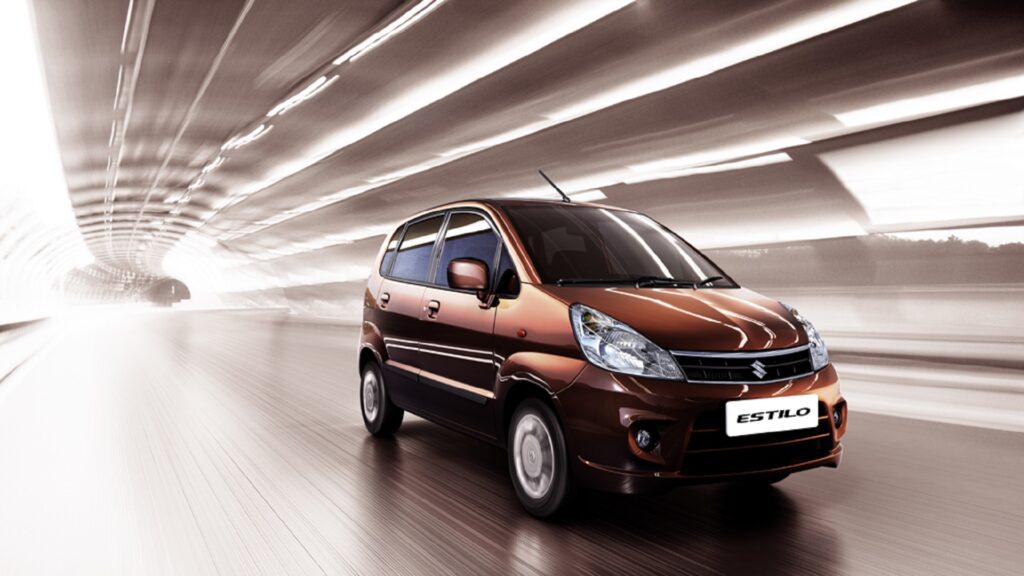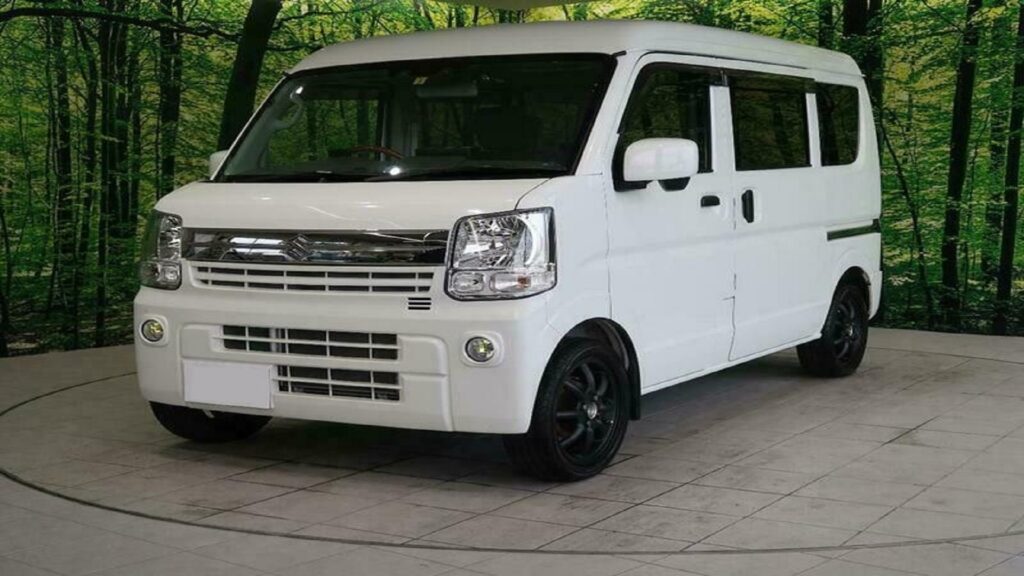Now Reading: 2018 Jaguar XE S – Rising from the Ashes of Failure
-
01
2018 Jaguar XE S – Rising from the Ashes of Failure
2018 Jaguar XE S – Rising from the Ashes of Failure

Jaguar, the British automaker once synonymous with prestige and innovation, endured a challenging era of setbacks. However, as the saying goes, every uphill struggle eventually leads to a downhill reprieve. After years of hardship, Jaguar is now reclaiming its place in the global automotive arena, thanks in part to the transformative ownership of Tata Motors since 2008.
From Engineering Excellence to Turbulent Times
Before its acquisition by Ford in 1989, Jaguar was celebrated worldwide for its engineering, performance, and innovation. Established in 1922 as SS, the company initially made sidecars before entering the automotive world in 1935 with the SS 2.5L Sport Saloon. Over time, Jaguar became a symbol of British elegance, producing iconic vehicles admired by royalty, including Queen Elizabeth II, and globally renowned figures.


Under Ford’s ownership, Jaguar experienced a mixed fate. The early ’90s saw the release of the XJ220, which held the title of the fastest car in the world until 1993. However, Ford’s strategy to increase production and lower costs led to a decline in quality. Jaguar cars began to suffer from technical and electronic issues, eroding the brand’s reputation. Models like the S-Type and X-Type, introduced during this period, failed to meet sales targets and faced stiff competition from German rivals BMW, Audi, and Mercedes-Benz.
A New Dawn with Tata Motors
In 2008, Tata Motors acquired Jaguar and Land Rover, marking the beginning of a new chapter. By targeting emerging markets like China, Jaguar began to recover. The company launched its first SUV, the Jaguar F-Pace, in 2016, achieving record sales and restoring profitability.
Enter the Jaguar XE S
The Jaguar XE S, introduced as a competitor to the BMW 3 Series, embodies Jaguar’s renewed ambition to challenge German dominance in the luxury sedan segment. Powered by a 3.0L supercharged V6 engine, the same engine used in the Jaguar XF Sport, the XE S combines the driving experience of a sports car with the practicality of a sedan.



Craftsmanship and Innovation
Jaguar has addressed past technical flaws with a focus on modern technology and safety features in the XE. Designed to withstand extreme climates, from -40°C to over 50°C, the car undergoes rigorous testing to ensure durability. The company also employs unique techniques to minimize external noise inside the cabin, enhancing passenger comfort.
The meticulous production process includes a specialized electrostatic coating to repel dust and prevent scratches during transportation. Jaguar even enforces strict rules for delivery drivers, such as avoiding the use of clothing that could scratch the vehicle, ensuring the car reaches customers in pristine condition.
A Cold War in the Automotive World
The Jaguar XE S represents a subtle yet significant challenge to German automotive supremacy. This “cold war” of the luxury car market signals a resurgent Jaguar, ready to reclaim its legacy as a leading innovator in the industry.























